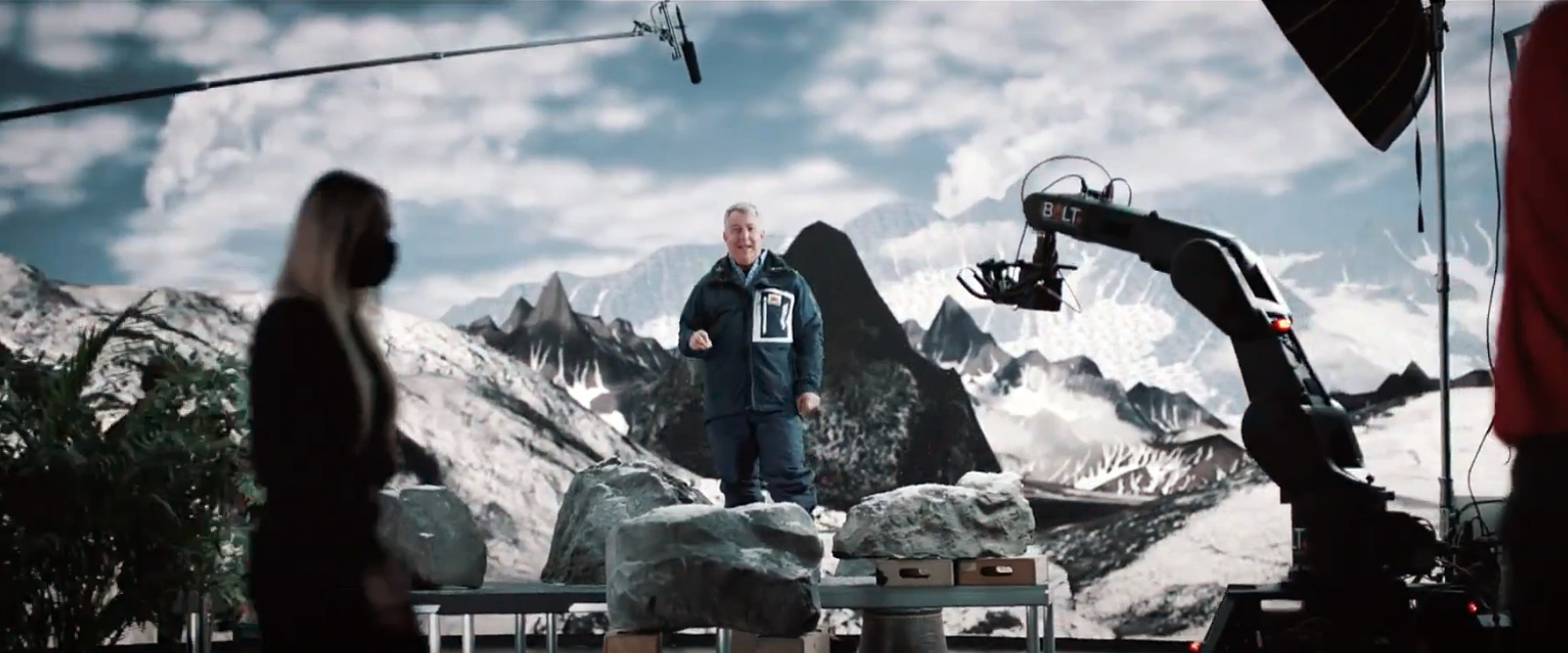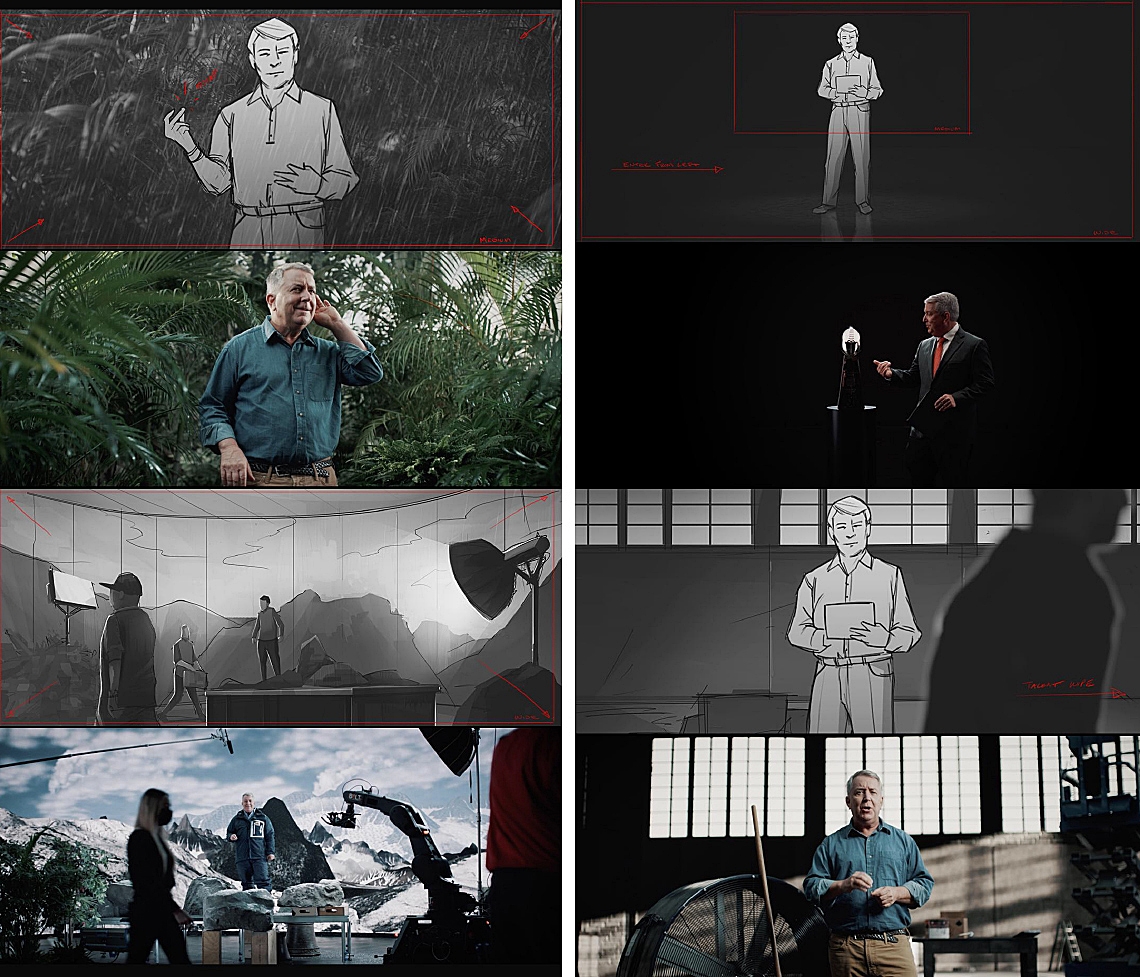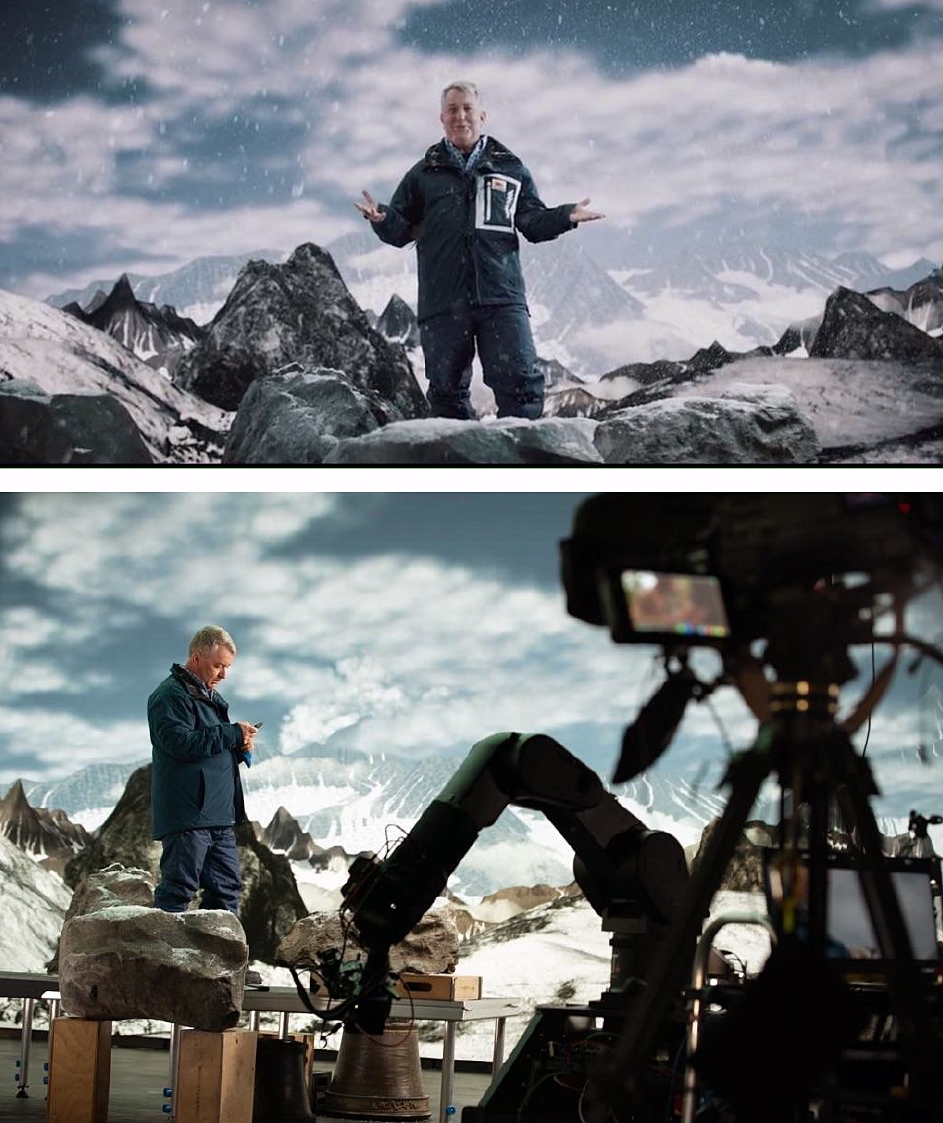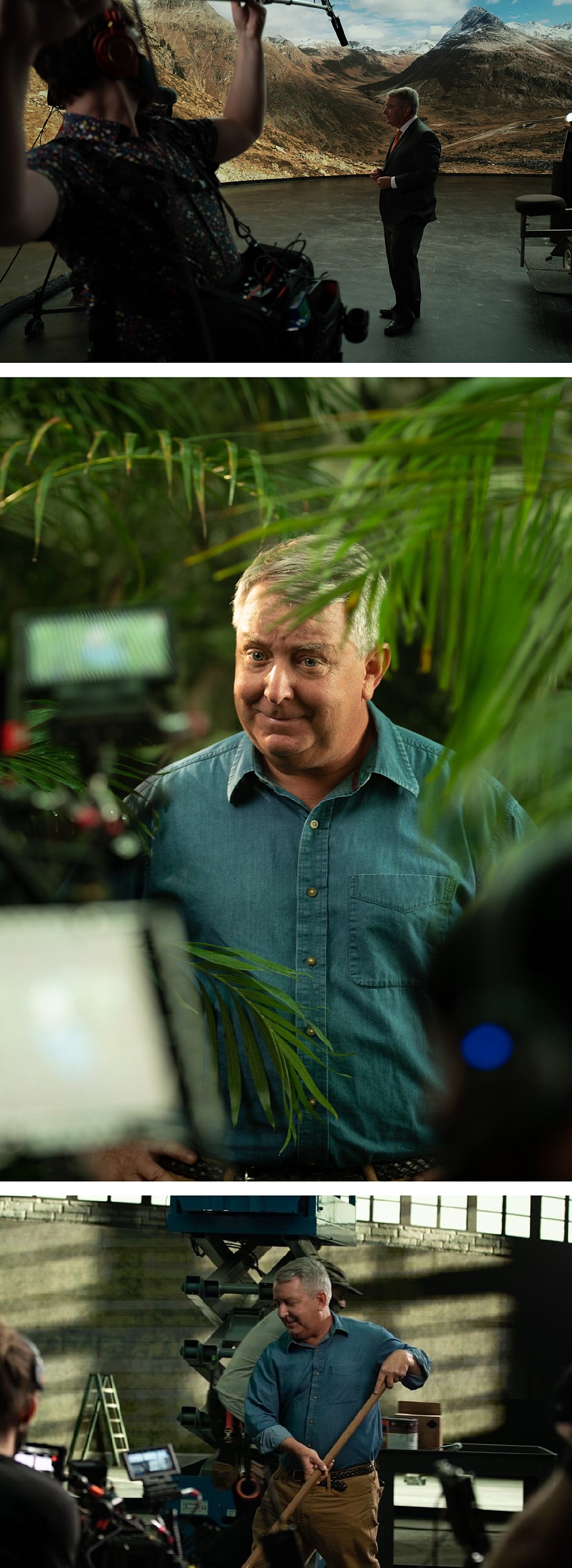
Virtual Production: The TODAY Show Case Study
The trick to good virtual production is that you shouldn’t realize that what you’re watching is not real.
This post is a paid advertorial.
By Jonathan Davila (the President of Diamond View, Emmy winner) & Daniel Mallek (Creative Director of Diamond View)
What does it take to create a virtual reality segment for national television? Keep reading to dive deeper into the virtual production of The TODAY Show segment that aired during Super Bowl weekend.
1. Creative: Our primary goal with the segment was to showcase the power of virtual production. The trick to good virtual production is that you shouldn’t realize that what you’re watching is not real. We designed our scenes to be as immersive as possible, and saved the “reveal” of our virtual set for the very end of the video. Our goal with each environment was to create a realistic space that could’ve been captured on-location (and for all the viewer knows it was), but in the final scene the audience realizes that all of the scenes were shot inside a studio using virtual production.

2. Pre-Production: We had less than a week to fully produce this project when it was given the greenlight. That means the crew had to be booked, props secured, shooting schedules created, and the concept refined, all in the span of a couple days. We also had the added element of needing to create several virtual environments to be cast to the LED volume. These were created and tested in Unreal Engine many times prior to production day.
3. Production: Creating this segment took one full 8-hour day of filming. When NBC correspondent, Kerry Sanders, arrived, our directors walked him through the set and storyboards. Then, it was time to roll the cameras. In real-time, the visual data was processed from Unreal Engine through a NovaStar H9 processor and received by A8 cards embedded into each of the Vū Panels to create HDR, hyper-realistic visuals. The Mo-Sys tracking system in the ceiling panels also allowed the background imagery to change perspective as the camera moved to follow the subject. See what it was like during production with this behind-the-scenes look.
4. Post-Production: While NBC’s TODAY Show team handled the filming and editing of the interview, our editors tackled the virtually produced spot. One of the keys to making virtual production feel real is the sound design added in post-production. When you watch the final segment, listen for sounds such as birds in the jungle, a slap when Kerry hits his neck, and the rumbling of the warehouse cart. These were all added in post to make the production feel more immersive by engaging our multiple senses. The entire edit was a 2-day turnaround time which is incredibly efficient, due to our ability to capture VFX in camera, in a hyper-realistic virtual set.
Check out the final segment that aired on the TODAY Show below. And, learn more about the virtual production technology at Vū by visiting vustudio.io
Additional Images:


This post is a paid advertorial.






